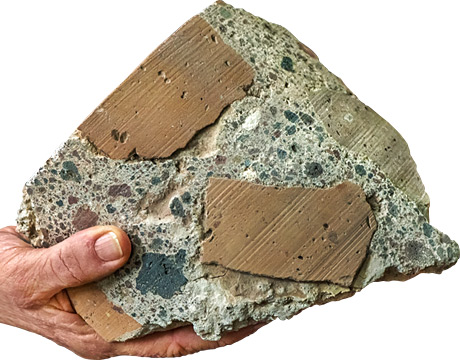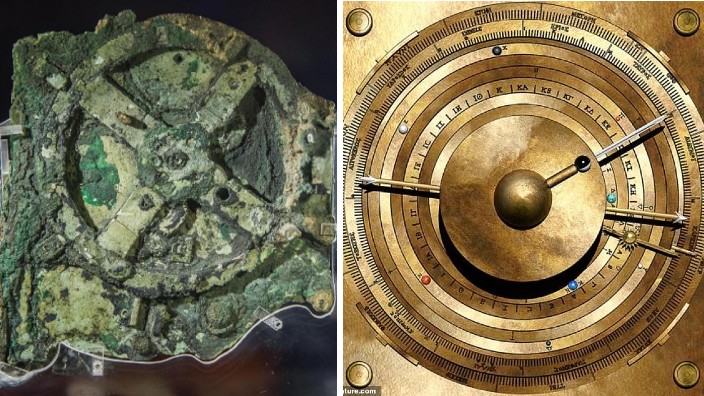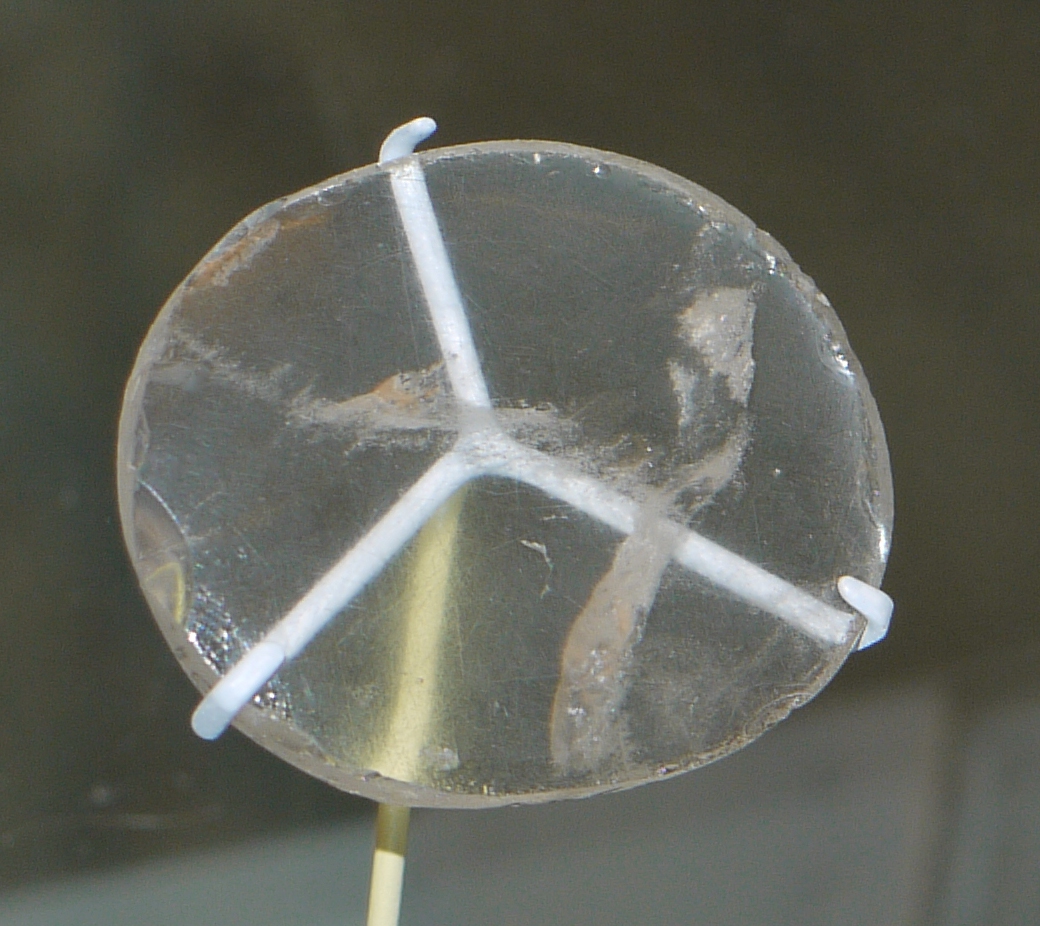While we’ve seen technological and scientific growth, there are so many more things we don’t know about those who came before us and their inventions. Here are a couple of ancient inventions that we still don’t understand.
1. Greek Fire

The Greek fire was a weapon of warfare for the 7th to 12th century Byzantines. This was a mysterious substance that the Byzantine army used during naval battles. This liquid was known to burn in water and could only be quenched by vinegar, urine and sand.
This was a tightly kept secret by the Byzantines. We are yet to discover the chemical weapon the Byzantines used. However, as a result of how tightly guarded the secret was, the knowledge was eventually lost.
2. Heat-Ray Weapon

Archimedes, a Greek mathematician, developed a heat-ray weapon. In 2004, Discovery Channel’s “Mythbusters” attempted to replicate it but failed woefully. They went on to declare it a myth after failing to reproduce this weapon.
It’s been described as ranks of polished bronze shields reflecting the sun’s rays at enemy ships. In 2005, MIT students attempted replicating it and they did so successfully. They successfully combusted a boat in San Francisco harbour with the 2,200-year-old weapon.
4. Roman Concrete

The majority of Roman structures have survived thousands of years so well. This points to the superiority of Roman concrete over the concrete used nowadays. The present concrete wears its age after a couple of years.
After many years of research, scientists have uncovered the secret ingredient and its volcanic ash.
5. The Antikythera Mechanism

In 1900, divers discovered the Antikythera mechanism while exploring a shipwreck off the coast of the Greek island, Antikythera.
This complex device is made up of numerous gears around a metal disc. Researchers and scientists have tried without success to understand the aim of the object.
6. Nimrud Lens

Sir John Layard in 1850 discovered a 3000-year-old rock crystal found in Nimrud, Iraq. It is believed to have been made around 750 to 710 BC.
This oval had a focal point of 4.5 inches and a focal length of around 12 cm. While it is unclear what the lens was for, it’s certain that this piece of rock crystal was a lens.
In John Layard’s book, he wrote that he found the lens buried underneath other bits of glass that seemed to make up part of an item that had decomposed over time in the palace at Nimrud, likely made of wood or ivory. It remains a mystery what this lens was for.
There are many more discoveries which we are yet to identify their uses and understand them. This only shows how creative man has always been.
READ ALSO: What Happened To The Lighthouse Of Alexandria?

